Through My Eyes: (How) to be a Music Photographer
Erykah Badu on stage at All Points East Festival
I have dedicated a huge amount of time into becoming a photographer in the music scene. I love documenting artists; how they express their souls in rawness and tenderness, in excitement and drama. I enjoy the connection of a crowd as they sing in unity or mosh into chaotic sweatiness. To see musicians and artists leaving a little piece of their souls on the stages they play on. Amongst all this, it’s a privilege to talk with them, to capture their experiences off the stage and unguarded. Portraits for promotional campaigns and conceptual artwork where you can bring your own flair and combine it with who they are and what they’re trying to say. To be a fly on the wall. To travel the world. To document and create art.
Sounds amazing right?
It is… and it isn’t. Because there also exists the slumps in creativity as a photographer, like any other artist. Having spent so long working to be a photographer in the music industry once I got there I lost sight (ironically) of some of the reasons I wanted to be there in the first place.
So - how to be a music photographer.
1. Consistency
Yes, this is the most cliché first step for anything. But what I’ve realised in this journey (and I’m at the start still) is that when I’ve been consistent is when I’ve been the most creative, the most connected and the most successful. The times I’ve felt a disconnect in myself and that visual spark I’ve often not been consistent either. So what does consistency look like as a music photographer? Find your local venues, bands, artists, musicians, promoters. Email, reach out, become friends with them if you can. Consistently work to improve and build a portfolio. You don’t need to start by buying the most expensive camera and equipment - that’s a later thought.
Being consistent in reaching out and creating, editing, going again is how I improved my skillset to a point that I can confidently say I’m a damn good music photographer.
2. Create For You
If you want to find people who like your photography and want to work with you, you’ve gotta find a style of your own. It’s good to copy to learn - to find things you like in the nuances of other people’s work, but string those things together with other influences and your own experiences. Creating for you is not just waiting for the gigs, it’s shooting portraits of your mates, it’s conceptualising ideas, it’s continuing your practice of being an artist. Create to understand light, create projects in low-light situations. Learn the Manual settings on your camera, (ISO, shutter speed and aperture are your new best friends).
Speedlight with red acetate taped over it makes cool lighting effects.
3. Make Some Damn Presets
This is, I believe, one of the most important and useful tools. If you don’t know what a preset is I’ll write another post a link it right here. For now, I haven’t done that so you can look it up in your own time. Now, a bit of a personal thing - I don’t believe in buying presets from other creatives. Sure, you might like their style and you might want to try and emulate some of that in your work, there’s nothing wrong with that at all. But I believe you should try and build your own presets - firstly it helps you learn what ways you can push an image, secondly it becomes a more personal stamp of your style - not the random person’s style you’ve bought a package from. If you don’t know what buttons do in your chosen editing app the best way to learn is just… play. Open a random photo and move every slider and press every button. Look up the terms you don’t know or understand.
The reason presets are important as a music photographer in particular is that once you have a good catalogue it means editing time is massively reduced - often your clients may want photos the same night as the gig. Maybe the photos need to be ready before they even finish the set.
On that note, if you’re super not feeling making your own, check out my free Lightroom presets for gig photography right here.
4. Be Kind
This is just a rule of life, but one that might well get you through some creative doors. Be kind, smile at people, talk to other photographers in the pit. It’s a competitive industry, but no need to be a dick. This advice does not mean allow people to walk over you. Do not undersell yourself.
There we have it people. A small guide on how to be a music photographer. Thanks for reading through my first personal post. Connect with me to stay up to date on future posts, ask me questions to write about and see more of my creative processes coming soon.


